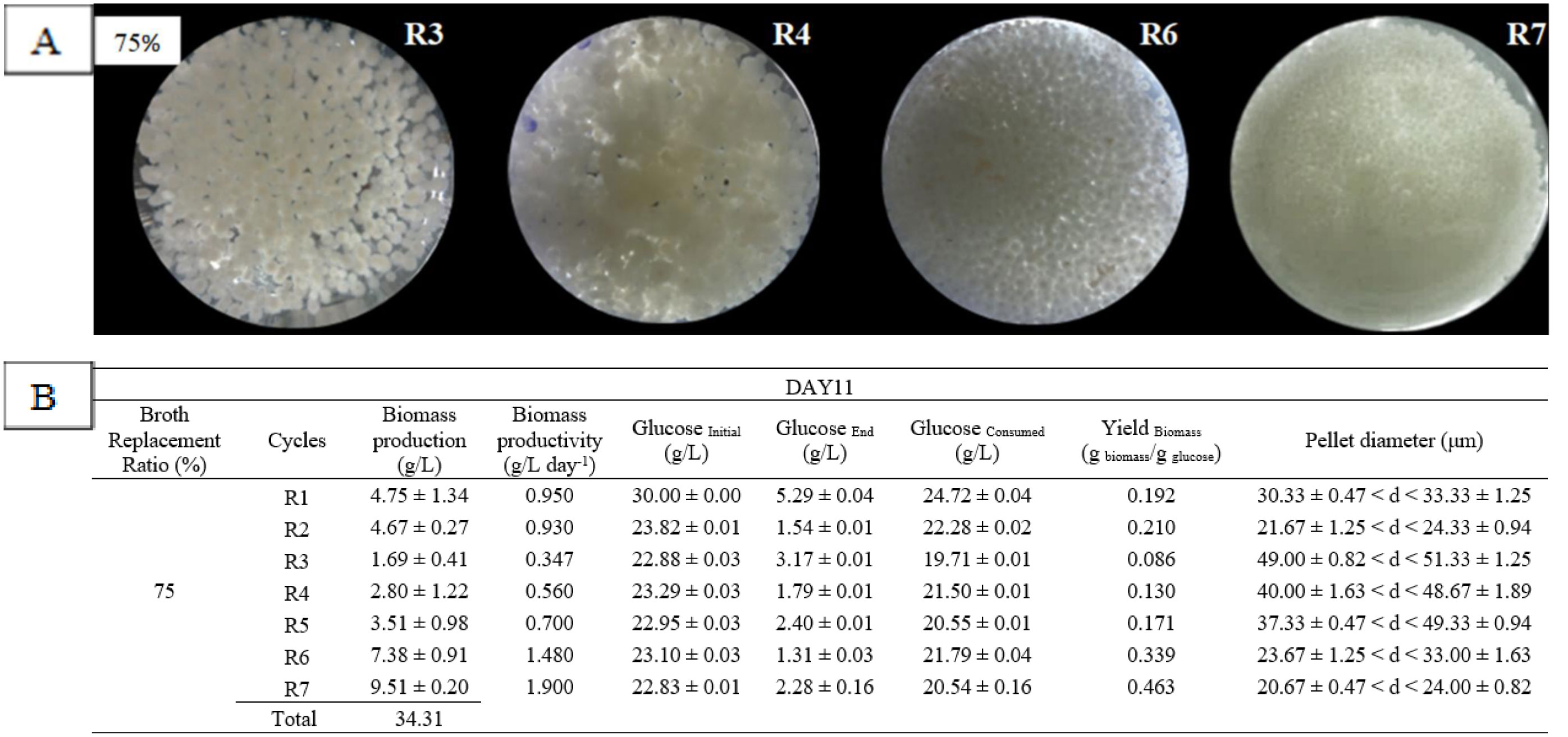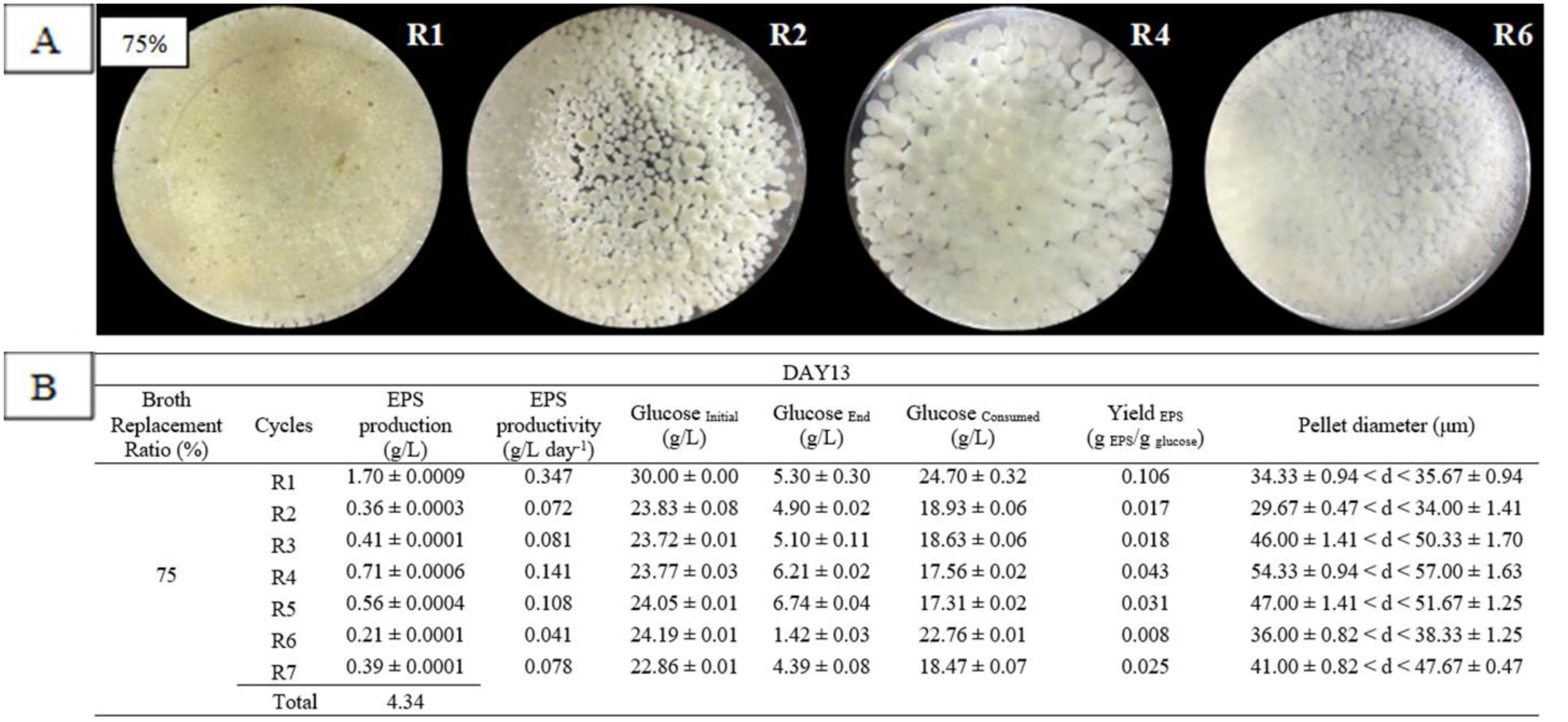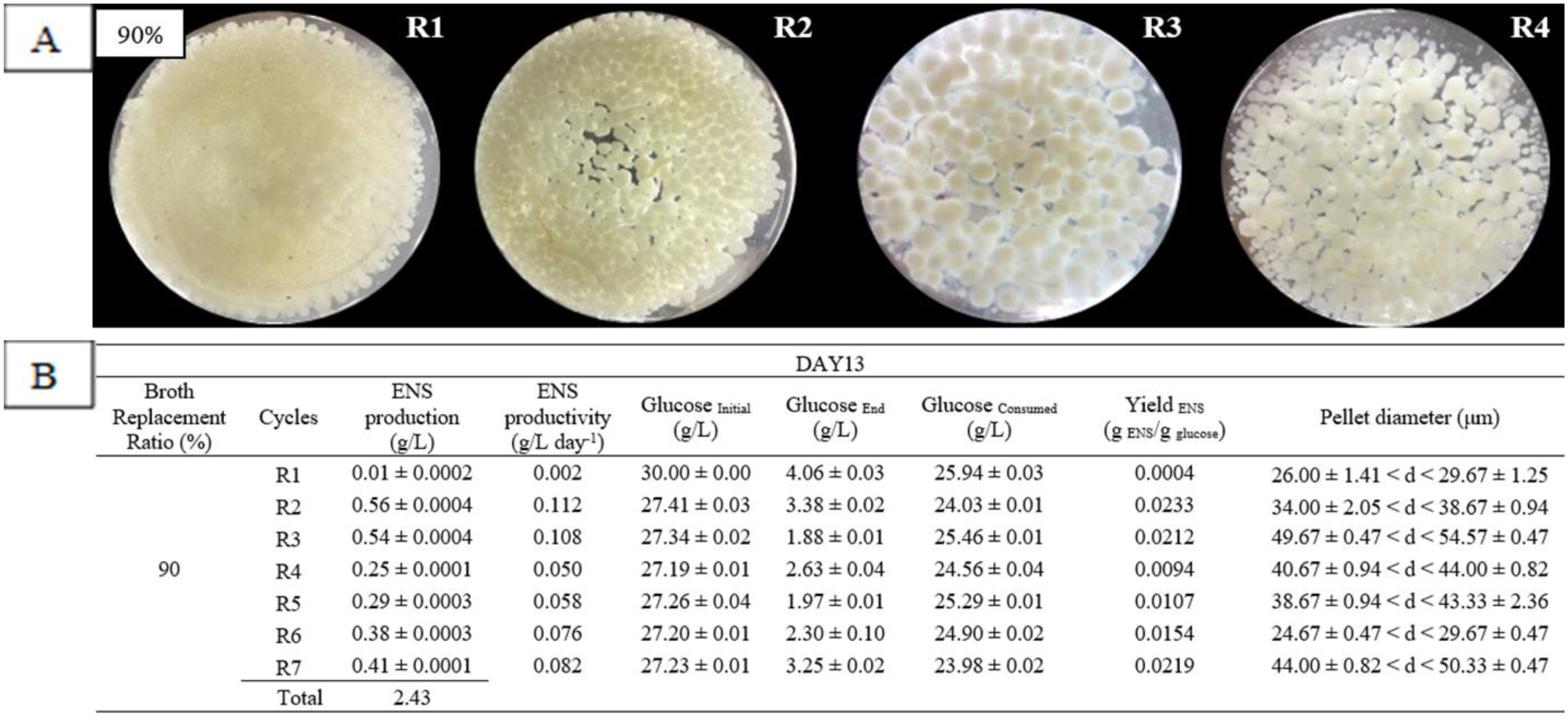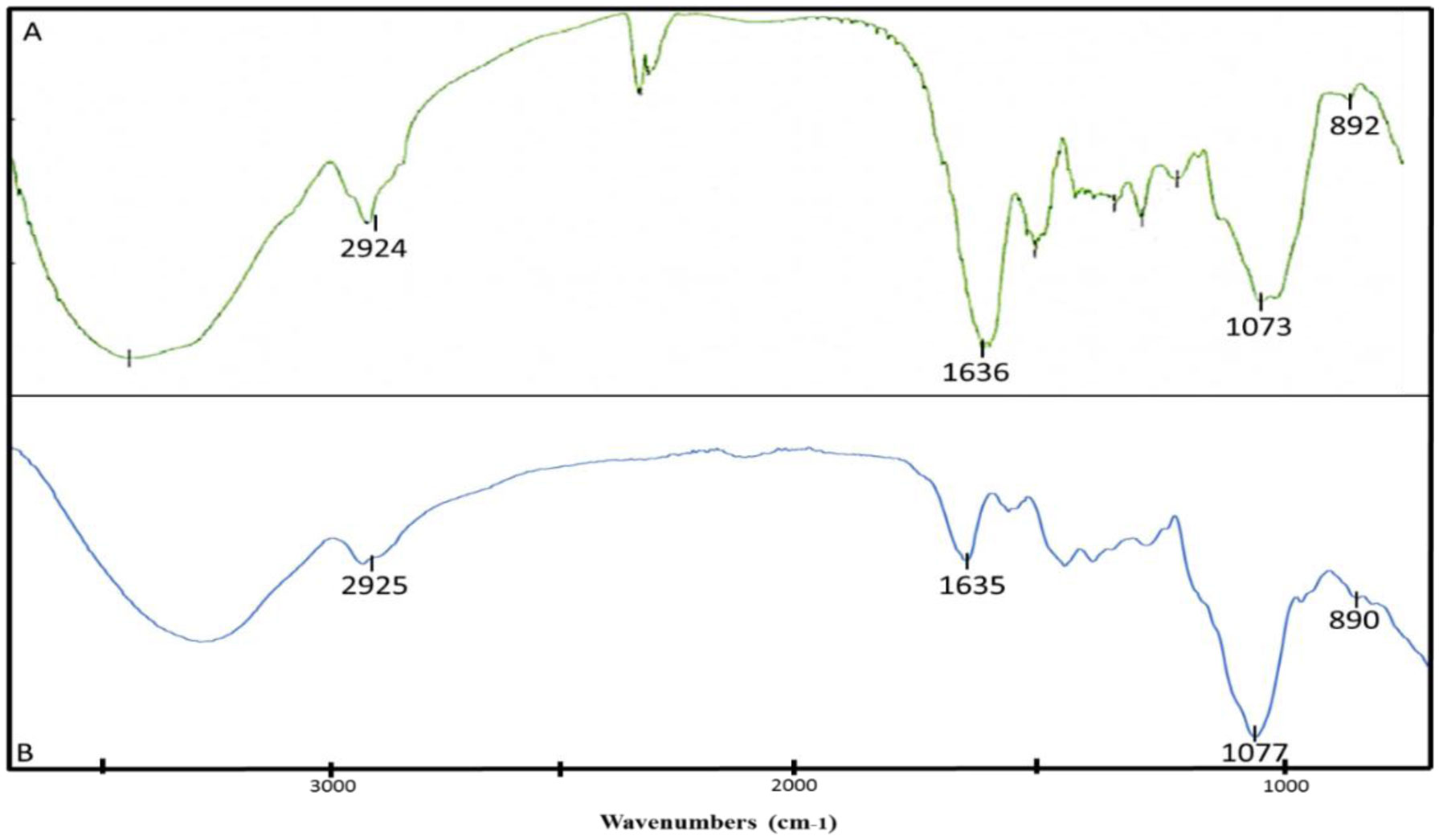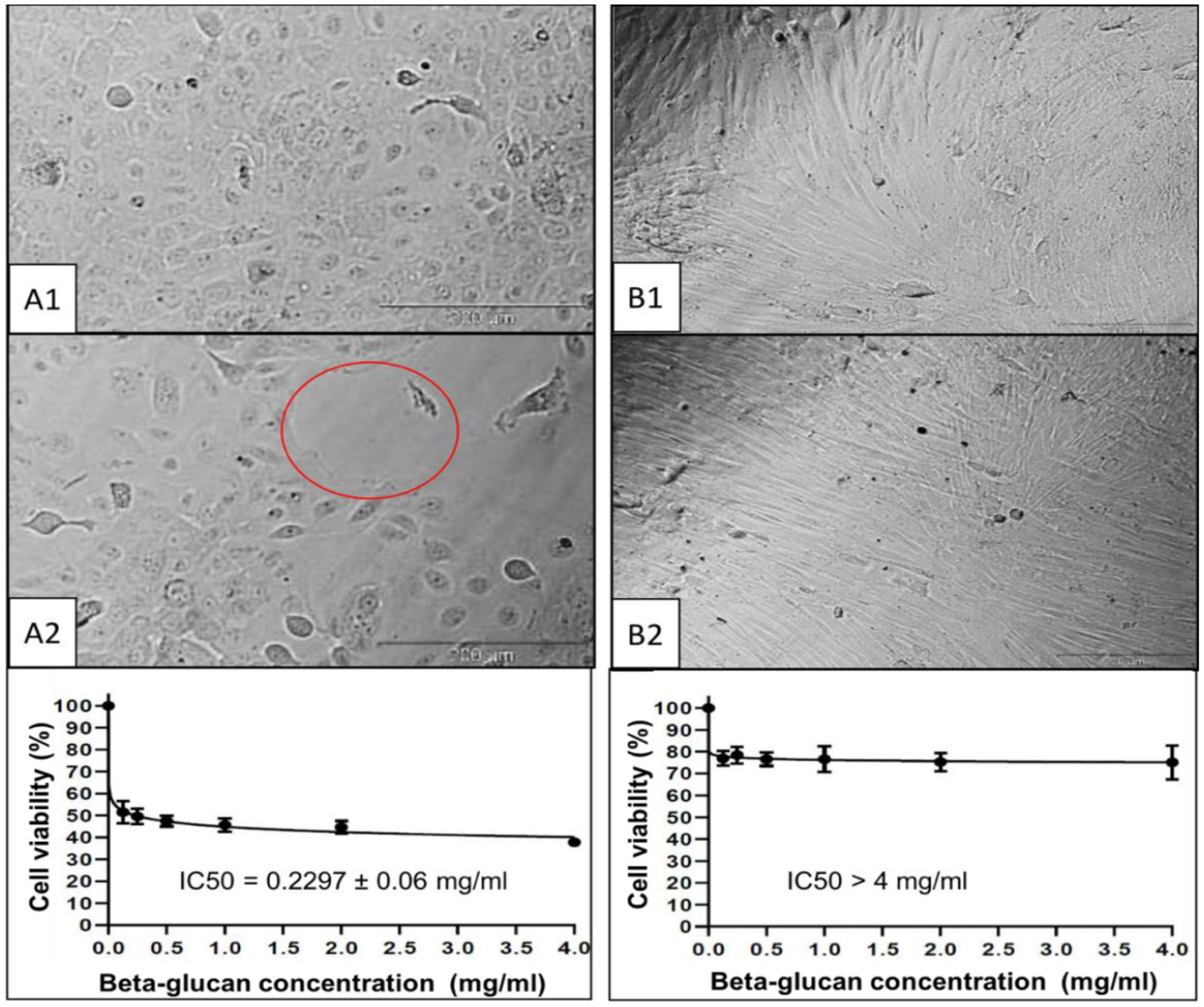Dedicated to our friend Giuseppe (Rosario) Mingione on his 50th birthday.
1.
Introduction
Let us consider the functional
where v:Ω⊂Rn→Rn, n≥2, Ω a bounded open set, p>1, r>0.
It is well known that, if u is a minimizer for F(v), the maximum principle holds, namely, each component uα of u=(u1,...,un) satisfies the following condition
Indeed, maximum principle holds true, in general, for minimizers of the class of functionals
where the integrand Ψ(s,t) is such that s→Ψ(s,t) strictly increases, and t→Ψ(s,t) is increasing (see [39]).
What happens when we only have that s→Ψ(s,t) is increasing and not necessarily strictly increasing? Two examples are Ψ(s,t)=|t| that gives
and Ψ(s,t)=max{|s|p−1;0}+|t|r that gives
with p>1 and r>0. Maximum principle fails. Namely, consider n=2, Ω⊂R2 is the ball B(0;π) centered in the origin and with radius π.
The map u:=(1,1+sin|x|) has gradient
detDu=0, and |Du|2=cos2|x|≤1. It minimizes both the functionals (1.2) and (1.3). Moreover, the
second component u2=1+sin|x| equals 1 on the boundary of Ω, and is strictly greater than 1 inside. Therefore, the second component of the minimizer u does not satisfy the maximum principle. This example was given to the last author by V. Sverak a few years ago. F. Leonetti gladly takes the opportunity to thank V. Sverak for his kindness.
Furthermore, regarding the previous example, it is worth pointing out that the level set {x∈Ω:u2(x)>1=u2∂Ω} has positive measure
on the other hand, the measure of the image of the same level set, by means of u, is zero
see Figure 1.
We ask ourselves whether the previous example shows a common feature to all minimizers when t→Ψ(s,t) strictly increases.
In this paper, we give a positive answer to previous question obtaining a modified version of maximum principle in the case the integrand Ψ(s,t) of the functional (1.1) strictly increases only with respect to the second variable t.
We will suppose p>n in order to ensure semicontinuity property and consequent existence of minimizers (see [17]), and also to apply the area formula, that reveals to be a key tool in our proof.
In addition, we can still get a similar maximum principle by using a version of the area formula for u∈W1,1(Ω,Rn), see [34,35], provided a suitable negligible set S=Ω∖AD is removed (see definition 2.1).
Let us come back to the functional (1.3): coercivity holds true with exponent p and growth from above with exponent q=:nr that could be different from p. When we deal with functionals with different growth, regularity for minimizers is usually obtained when the two exponents of growth and coercivity are not too far apart, see [3,6,10,11,12,13,18,32,49,50]. In our case, we do not assume anything on the distance between the two exponents p and q. This is not in contradiction with the counterexamples in the double phase case [22,25], since our functional (1.3) is autonomous, neither is in contrast with counterexamples in the autonomous case [33,38,47,48], since they show blow up along a line that intersects the boundary of Ω while, in our case, minimizers are bounded on ∂Ω.
With regard to the regularity of minimizers u of (1.1), let us mention partial regularity results in [9,23,26,27,28,30,36,52]. Everywhere regularity results can be found in [7,19,29,31], for n=2. We also mention global L∞ bounds in [4,5,21,39,40,41,42,43,44], and local L∞ regularity in [8,14,15,16,20]. Furthermore, concerning nonlinear elasticity, we cite, in particular, the results in [1,37,45,46,51].
In the next section 2 we write some preliminaries. In section 3 we state our result and we give the proof.
2.
Preliminaries
In order to obtain our result, we need that the area formula holds. Therefore, let us recall the following
Definition 2.1. Let u:Rn→Rn be a map which is almost everywhere approximately differentiable and let A be a measurable subset of Rn. We define the Banach indicatrix of u by
where
and the theorem
Theorem 2.2. (see Theorem 1 in section 1.5, chapter 3, at page 220 of [35]) Let Ω be an open subset of Rn and u be an almost everywhere approximately differentiable map, in particular let u∈W1,1(Ω;Rn). Then for any measurable subset A of Ω we have that N(u,A,⋅) is measurable and
holds.
Furthermore, a related condition we will refer to is the Lusin property (N) that is so defined
Definition 2.3. (Lusin property (N)) Let Ω⊂Rn be an open set and f:Ω→Rn a mapping. We say that f satisfies Lusin property (N) if the implication
holds for each subset E⊂Ω.
3.
Main results
Let Ψ:[0,+∞)×[0,+∞)→R be a continuous non negative function such that
and let us denote Ω⊂Rn a bounded open set. We will consider integral functional of the type
Definition 3.1. Let p≥1 and u∈W1,p(Ω;Rn) such that F(u)<∞. We will say that u is a minimizer of F in Ω, if and only if
The main result is the following
Theorem 3.2. Let u∈W1,p(Ω;Rn), p>n, be the continuous representative of a minimizer of the functional (3.1), under assumptions (H1) and (H2). Fix α∈{1,…,n}, and let us denote
BLα is the set of points in Ω where the maximum principle is violated, then
Proof. Let us define
It results that v is a good test function in (3.2), namely u−v∈W1,p0(Ω;Rn), then we deduce that
Let us denote
and let us split the integrals in (3.4) on the sets GLα and BLα. Observing that Du≡Dv on the set GLα we can get rid of the common part in (3.4) thus obtaining
Now we observe that on BLα, Dvα=0 and detDv=0, then
Now, argue by contradiction, by assuming that
At this stage, we recall that |Dv|≤|Du| on BLα, and we use the strict monotonicity of Ψ with respect to the second argument (H2), and hypothesis (H1), to deduce
thus reaching a contradiction. The previous argument shows that
Using the area formula (2.1) we conclude
To conclude the proof we recall that the condition p>n ensures that u:Ω→Rn satisfies the Lusin property (N), that is Ln(u(E))=0 whenever E⊂Ω and Ln(E)=0. In particular Ln(BLα∖AD(u))=0 and this implies that
Connecting (3.7) and (3.10) we get (3.3).
It is worth pointing out some comments concerning the hypotheses in Theorem 3.2.
As a matter of fact, assuming u∈W1,p(Ω;Rn) for p>n ensures some fundamental conditions.
The first point concerns the existence of minimizers of the functional (3.1). Assuming that p>n guarantees not only that detDu∈L1, but more that the map
is sequentially continuous with respect to the weak topology (see Theorem 8.20 in [17]). The aforementioned property, that is no longer true for p<n, see [2], is one of the main ingredients to prove the lower semicontinuity of the functional (3.1). The second main ingredient to deduce the existence of minimizers of the functional (3.1) is a kind of convexity assumption on the function Ψ. Precisely, we have that if the function
is convex and
then the functional (3.1) is weakly lower semicontinuous and coercive in W1,p(Ω;Rn). The existence of minimizers of the functional (3.1) follows for any fixed boundary datum u∈W1,p(Ω;Rn) such that F(u)<+∞ (see Theorem 8.31 in [17]; see also [24]).
The second main point, where the assumption p>n is crucial, concerns the Lusin property (N) quoted in the Definition 2.3. It is known that the Lusin property (N) still holds true for u∈W1,n(Ω;Rn), if u is a homeomorphism. Moreover, there are also other results about the validity of the Lusin property (N) for suitable p<n, or with integrability rate close to n under particular assumptions, but, beyond that, the Lusin property (N) is no longer true, in general, for u∈W1,p(Ω;Rn) with p≤n. In this case we can carry on the proof of Theorem 3.2 as before, but we can not conclude in the same way because we do not have any information regarding the set Ln(u(BLα∖AD(u))). Nevertheless we can state the Theorem 3.2 in a weaker form. We need to stress the dependence of the level set BLα={x∈Ω:uα(x)>Lα}=BLα(u) on the considered representative u of the minimizer.
Theorem 3.3. Let u∈W1,p(Ω;Rn), p≥1, be a minimizer of the functional (3.1) under assumptions (H1) and (H2). Fix α∈{1,…,n}, then
Remark 3.4. We note that (3.9) holds true for every representative u of a W1,p- minimizer (see section 1.5, chapter 3 of [35]). Moreover, in accordance with Corollary 1, chapter 3 of [35], if we consider a Lusin representative u, it satisfies Lusin property (N) in whole Ω so that
holds, and for such a representative we come to the conclusion that
Acknowledgments
We acknowledge support by GNAMPA, INdAM, MUR, UNIVAQ, UNISA, UNISANNIO, Università di Napoli "Parthenope" through the Project CoRNDiS, DM MUR 737/2021, CUP I55F21003620001.
Conflict of interest
The authors declare no conflict of interest.
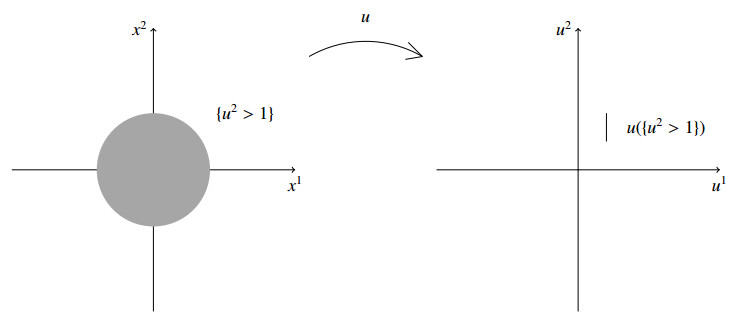









 DownLoad:
DownLoad:



